Cyclic Wind Load Testing report
In recent years, the dangers of wind uplift have become increasingly evident. Abnormal weather events are becoming more frequent, and buildings are exposed to stronger and more dangerous forces, particularly high winds, and heavy rain. As a result, more construction specialists are becoming concerned and interested in integrating wind uplift mitigation solutions into potentially vulnerable structures, such as balconies, decks, and terraces.
This is exactly why RYNO have developed both the mitigating solutions and the expertise to help specifiers and construction professionals with a survey of their project to identify any wind related vulnerabilities, whenever required.
In this article, we explore the dangers of wind uplift, describe how you can mitigate against the risks and explain why you may want to.
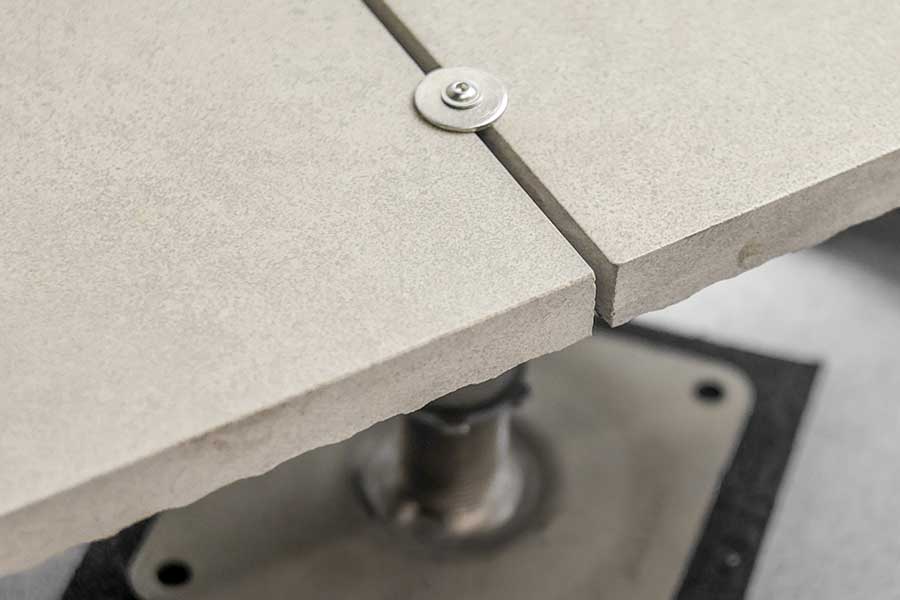
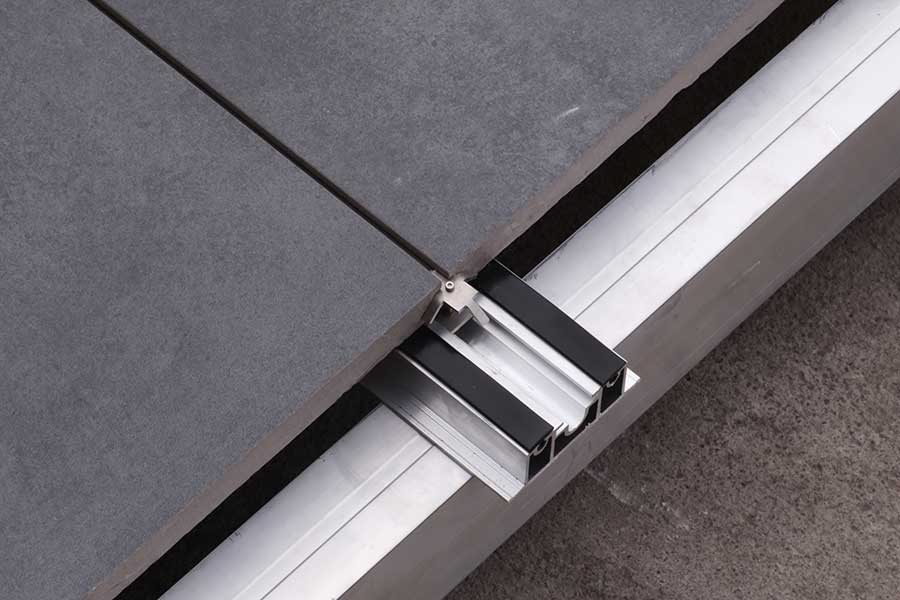
Wind uplift occurs when strong winds meet a vertical surface, typically the side of a building, and are forced upwards. As this occurs, the wind accelerates and creates pockets of negative pressure above any horizontal surfaces, such as balconies, terraces, and rooftops. The negative pressure has a suction effect on these surfaces, lifting paving slabs and decking boards away from their supporting substructure.
Wind uplift is a significant issue for all structures that extend above two floors, although we recommend that all heights should be considered and mitigated for, from the very first floor upwards. Various factors determine the extent of the issue and the degree of risk buildings face. These include:
Wind uplift can cause significant damage to beautiful structures that have received a considerable amount of investment. This damage will require repair, and the remediation work will be costly for the project developer.
But repair work is not the only concern. Damaged pavers, boards and components can come loose and endanger the public. In such instances, the project owner will often be liable for any injury or harm caused. While the cost of settling a claim can be high, the potential for reputational damage can be enormous.
RYNO has solutions to mitigate the risks associated with wind uplift and protect project specifiers and developers against financial, personal, and reputational damage.

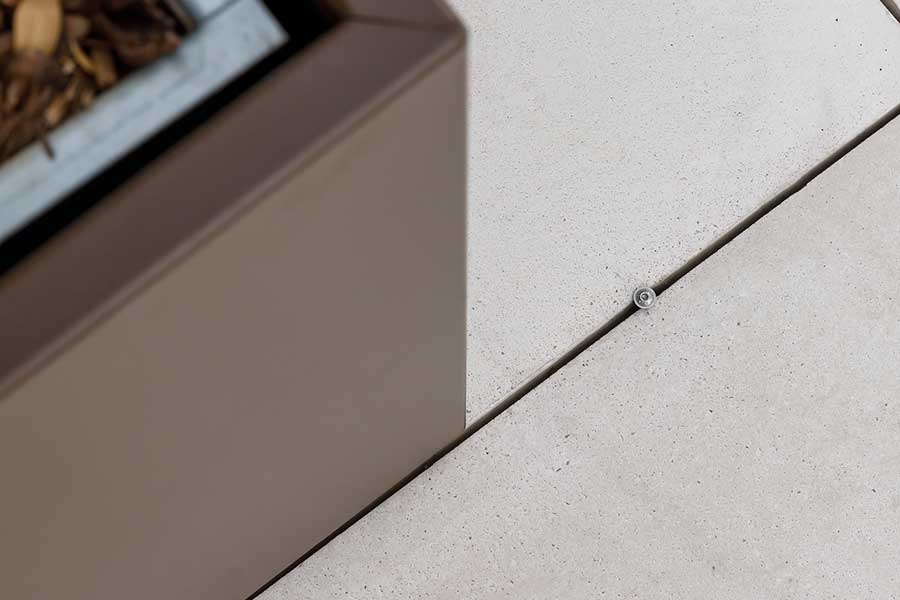
At RYNO, we have ensured wind uplift solutions are available for all our paving and decking systems. This means that our TerraSmart® and BalcaSmart® systems are compatible with our unique out-of-sight and mechanical fixings to ensure you still benefit from a perfect and safe balcony and terrace whatever the weather.
Our solutions work in the following ways:
Testing at RYNO is always conducted with utmost rigor, adhering to industry standards whilst always striving to exceed them. In the absence of a recommended test method for wind-restraint on raised flooring in BS 8579:2020 – Guide to the design of Balconies and Terraces – we have taken proactive measures to address this critical concern.
Working in conjunction with UKAS accredited test houses, we have developed a test method which creates real-life Cyclic Wind Load scenarios. In the test, our systems are exposed to a sequence of pulsed cycles, commencing at 2,400 pascals, equivalent to gusts of approximately 140 mph, and incrementally increasing to a maximum of 6,000 pascals, akin to gusts of around 220 mph. It is worth noting that wind speeds exceeding 100 mph are exceedingly rare in the UK.
The outcome of these tests unequivocally affirm RYNO’s wind uplift restraint solutions’ viability. All our TerraSmart wind uplift restraint systems successfully meet and surpass the stringent criteria set forth by the test methodology, noting that no detrimental effects or failures were noted to either the paving, decking or the countermeasures deployed.
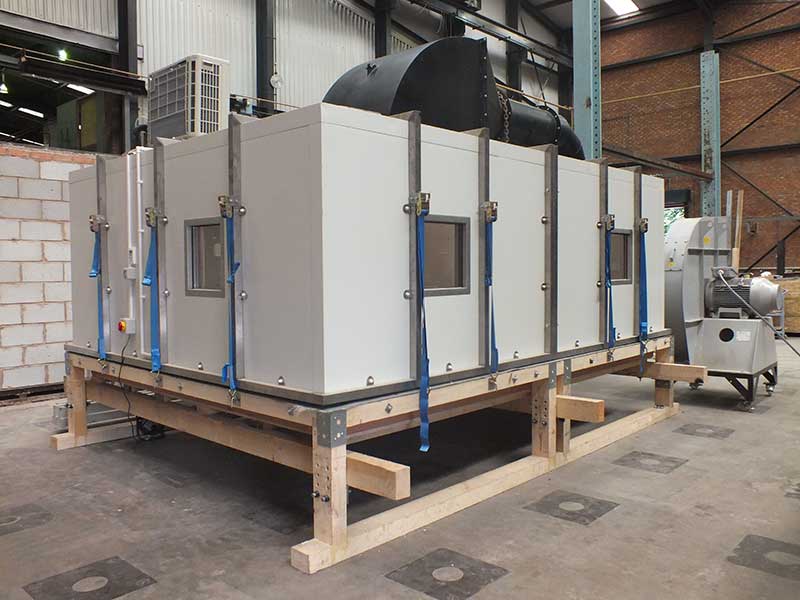
This industry-first physical wind testing for balcony and terrace floor systems gives ultimate reassurance, going beyond theoretical calculations – underscoring RYNO’s unwavering commitment to delivering solutions that not only meet but exceed the most stringent quality and safety standards in the industry.
The systems successfully tested were the following:
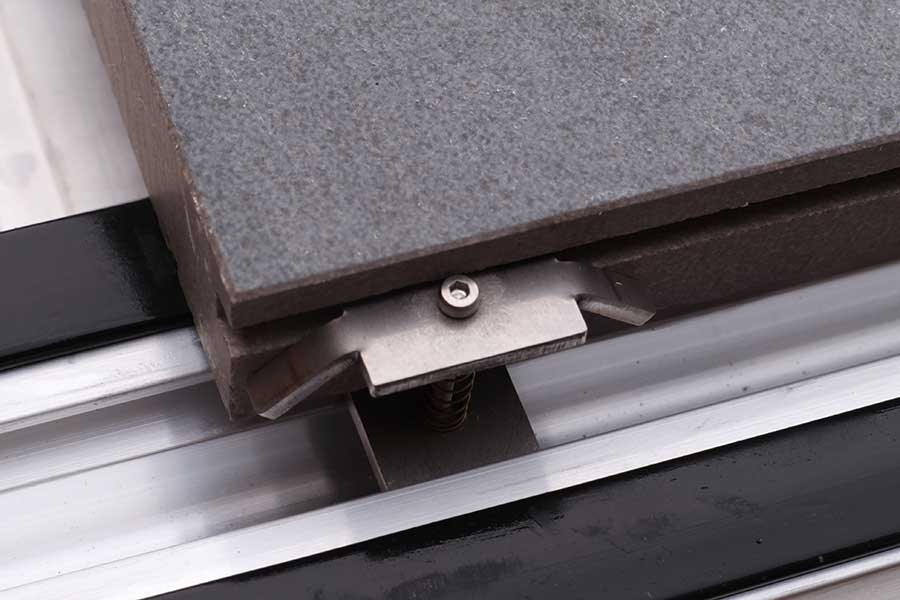

Wind uplift affects buildings of all shapes and sizes and evidence suggests it can be an issue for balconies, terraces, and decking systems from the first floor upwards. We recommend developers and specifiers conduct a wind uplift survey to determine wind loadings and whether wind-restraints are necessary on most multi-floor projects. Although this is typically conducted prior to construction using theoretical modelling, it can also be carried out post-construction as part of a remediation or retrofit project. Of course, RYNO can conduct these surveys as part of its service.
Because so many variables influence exposure to wind uplift, there is no concrete rule for when a project requires wind-restraints. It is much more important in specific locations, such as coastal areas or high-wind corridors, but can also be necessary for projects that don’t necessarily fall in any of these categories. In many instances, it comes down to the project owner to determine how much risk they are willing to expose themselves to. That said, we would always recommend a wind uplift survey and are here to help.
We continue to invest considerable resources into ensuring our products help designers, specifiers and architects overcome the most pressing challenges in construction. Our wind uplift solutions and system variants are no exception: as innovative as they are, they are quick and easy to install, designed with safety in mind, and developed to protect users, assets, and reputations, no matter the weather.
Worried about the risk of wind uplift or simply want to know more?
Speak to one of our experts today.
We can advise a suitable solution to mitigate any risk and, if needed, conduct an onsite survey before you specify terraces or balconies to give you complete peace-of-mind.
Let’s talk: call or email us, or fill in the form.